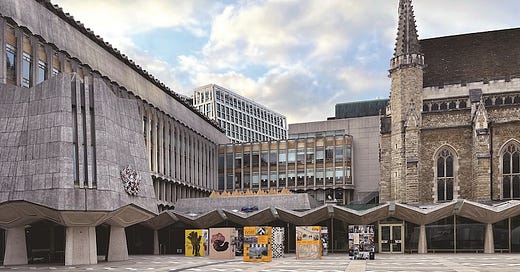Welcome to Londonist: Time Machine, the newsletter of London history.
It’s the Easter school holidays here in London. I’ll be spending much of my time with the kids over the next two week — 6 and 9, and both budding historians. I like to use these opportunities to give voice to a few other writers on Londonist: Time Machine, and this week I’ve got a trea…




